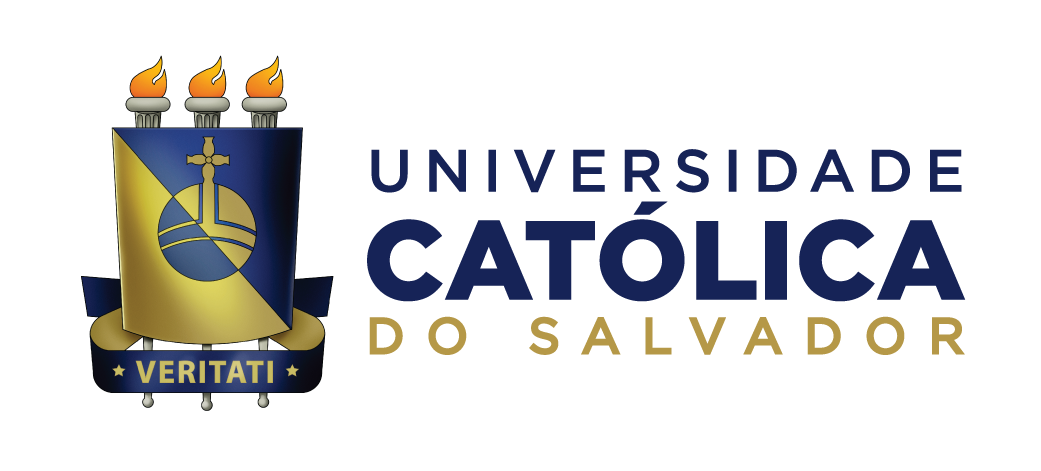Use este identificador para citar ou linkar para este item:
http://104.156.251.59:8080/jspui/handle/123456730/223Registro completo de metadados
| Campo DC | Valor | Idioma |
|---|---|---|
| dc.creator | Silva, Janelara Bastos de Almeida | - |
| dc.date.accessioned | 2017-01-13T17:58:59Z | - |
| dc.date.available | 2014-02-25 | - |
| dc.date.available | 2017-01-13T17:58:59Z | - |
| dc.date.issued | 2014-02-25 | - |
| dc.identifier.uri | http://104.156.251.59:8080/jspui/handle/123456730/223 | - |
| dc.description.abstract | The families / caregivers interrelation and members of the nursing staff has been identified as an important aspect of humanized care. Thus, the study investigates the families / caregivers interact and nursing staff of an intensive care unit, from the perspective of humanized care in the light of the theory of Joyce Travelbee. The research, descriptive and qualitative approach was performed in a intensive care unit of a hospital Public Institution of Santo Antônio de Jesus, Bahia. For data collection a direct observation in the ICU setting, conducting semi-structured interviews and further remark that while the latter was used, 20 being contemplated accompanying family members, 14 nurses and 26 nursing technicians, using the analysis of empirical material Theory Joice Travelbee and content analysis Minayo. The results showed that despite the interconnection that must exist between the companion and family members of the nursing staff regarding the care humanization, is still significantly present the dichotomy of making technical and humanized do exist obstacles that interfere directly in this regard. Thus, it was noted at times difficult to recognize and intact natural situations that made the dialogue the companion familiar with the nursing staff of more harmonics, causing barriers in recognition of the different needs of both. This is due to the identification of some limiting aspects of integration as the insufficient number of professionals in the intensive scenario, multiple shifts and work overload, dealing with the human suffering, the physical structure of technical care ICU, beyond the scientific knowledge of professionals to implement humane actions with accompanying family members. In this sense, from the theory of person-person Travelbee Joyce became evident that nursing care for the human being in full armor of the need to take professional model living and to see his family in his world, considering the social and cultural issues, as is only possible to humanize the ICU itself by humanizing the members who compose it in its entirety. | pt_BR |
| dc.language | por | pt_BR |
| dc.publisher | Universidade Catolica de Salvador | pt_BR |
| dc.rights | Acesso Aberto | pt_BR |
| dc.subject | Enfermagem | pt_BR |
| dc.subject | Assistência humanizada | pt_BR |
| dc.subject | Familiar | pt_BR |
| dc.subject | Inter-relação | pt_BR |
| dc.subject | Nursing | pt_BR |
| dc.subject | Humane care | pt_BR |
| dc.subject | Family | pt_BR |
| dc.subject | Interrelation | pt_BR |
| dc.title | Familiar/acompanhante na Unidade de Tratamento Intensivo (UTI): interação com equipe de enfermagem | pt_BR |
| dc.type | Dissertação | pt_BR |
| dc.creator.Lattes | http://lattes.cnpq.br/7386419368476802 | pt_BR |
| dc.contributor.advisor1 | Alcântara, Miriã Alves Ramos de | - |
| dc.contributor.advisor1Lattes | http://lattes.cnpq.br/4186283459709800 | pt_BR |
| dc.contributor.referee1 | Silva, Mary Gomes | - |
| dc.contributor.referee2 | Rabinovich, Elaine Pedreira | - |
| dc.description.resumo | A inter-relação familiar/acompanhante e membros da equipe de enfermagem tem sido apontada como um importante aspecto para uma assistência humanizada. Assim, o estudo buscou analisar a interação familiar/acompanhante e equipe de enfermagem de uma Unidade de Terapia Intensiva, na perspectiva do cuidado humanizado, à luz da teoria de Joyce Travelbee. A pesquisa, de natureza descritiva e abordagem qualitativa, foi realizada em uma Unidade de Terapia Intensiva de uma Instituição Pública Hospitalar do município de Santo Antônio de Jesus-BA. Para a coleta dos dados foi utilizada uma observação direta no ambiente da UTI, a realização de entrevista semi-estruturada e observação complementar simultaneamente a essa última, sendo contemplado 20 familiares acompanhantes, 14 enfermeiros e 26 técnicos de enfermagem, utilizando-se na análise do material empírico a Teoria de Joice Travelbee e a análise de conteúdo segundo Minayo. Os resultados mostraram que apesar da interligação que deve existir entre o familiar acompanhante e membros da equipe de enfermagem no tocante à humanização assistencial, ainda é significativamente presente a dicotomia do fazer técnico e do fazer humanizado, existindo óbices que interferem diretamente nessa relação. Assim, notou-se em alguns momentos dificuldade em reconhecer situações integras e singulares que tornavam a interlocução do familiar acompanhante com a equipe de enfermagem mais harmônicas, ocasionando barreiras no reconhecimento das diferentes necessidades de ambos. Isso devido à identificação de alguns aspectos limitantes da integração como o número insuficiente de profissionais no cenário intensivista, as múltiplas jornadas e sobrecarga de trabalho, o lidar com o sofrimento humano, a própria estrutura física tecnoassistencial da UTI, além do conhecimento científico dos profissionais para pôr em prática ações humanizadas junto aos familiares acompanhantes. Nesse sentido, a partir da teoria pessoa-pessoa de Joyce Travelbee ficou evidenciado que a enfermagem para cuidar do ser humano de forma integral precisa tirar as armaduras do modelo vivente profissional e ver a família no seu mundo, considerando as questões sociais e culturais, pois só é possível humanizar a UTI mediante a própria humanização dos membros que a compõem em sua totalidade. | pt_BR |
| dc.publisher.country | Brasil | pt_BR |
| dc.publisher.department | Pró-Reitoria de Pesquisa e Pós-Graduação | pt_BR |
| dc.publisher.program | Família na Sociedade Contemporânea | pt_BR |
| dc.publisher.initials | UCSAL | pt_BR |
| dc.subject.cnpq | Sociais e Humanidades | pt_BR |
| dc.subject.cnpq | Multidisciplinar | pt_BR |
| Aparece nas coleções: | Dissertações de Mestrado | |
Arquivos associados a este item:
| Arquivo | Descrição | Tamanho | Formato | |
|---|---|---|---|---|
| Dissertacao Janelara Bastos.pdf | 2.22 MB | Adobe PDF | Visualizar/Abrir |
Os itens no repositório estão protegidos por copyright, com todos os direitos reservados, salvo quando é indicado o contrário.

